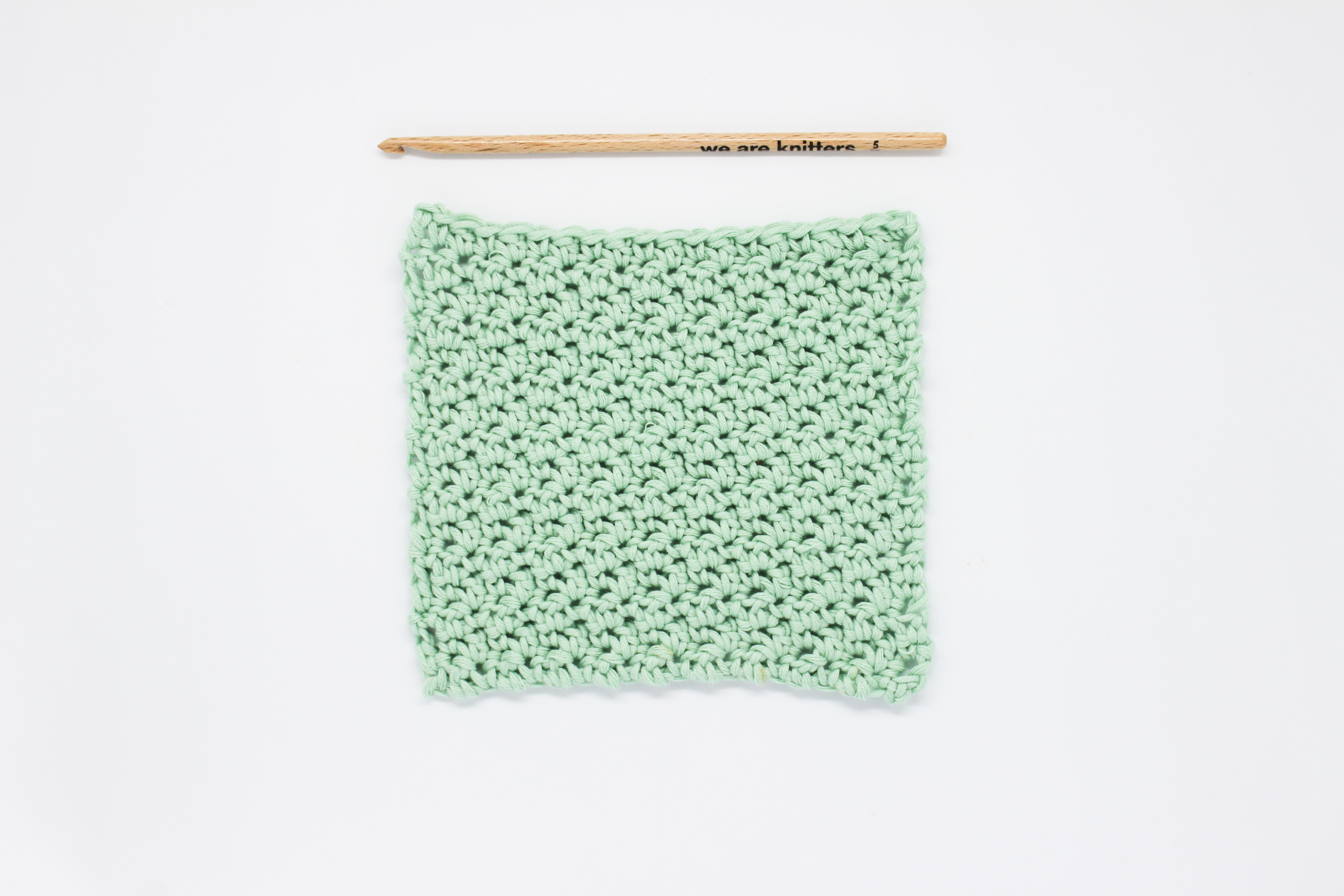There comes a time in every knitter’s life when they want to design their own knitwear or adapt a pattern they’ve already to their own style. We’re not going to lie to you, creating patterns or adapting them is not always easy, but it’s definitely worth the effort. You’ll create unique garments!
You’ve probably found yourself wanting to knit your favorite sweater, but wanted to modify the design on the front or back. You’ve picked out the stitch you want to use, but you’re not sure if the number of stitches on your needles will work with the stitch, or with the garment you want to make. All you have to do is count the number of stitches needed for the row. How? With these easy tricks:
We’ll use Herringbone Lace Rib stitch that we taught you some time ago as our example. Let’s say we have 99 stitches on our needles. Can we knit Herringbone Lace Rib stitch as is? Let’s do a little math J
The Herringbone Lace rib stitch uses a multiple of 7 stitches + 1 and is made up of the following rows:
Row 1: knit 1, *purl 1, knit 1, yarnover, purl 2 together, knit 1, purl 1, knit 1*, repeat from * to * until the end of the row.
Row 2: purl 1, *knit 2, yarnover, purl 2 together, knit 2, purl 1*, repeat from * to * until the end of the row.
In row 1, we see we need 7 stitches for each repetition between asterisks. We notice that there is a decrease when we work 2 stitches together, but it is compensated for when we yarnover just before working 2 together. In other words, the number of stitches does not change at the end of the row. We also have to count the extra stitch at the beginning of the row, that is worked only once. So, if we multiply the 7 stitches in the pattern repeat the closest result to 99 (the stitches we have on our needle) is 98. If we add the extra stitch at the beginning of the row we get exactly 99 stitches. We can use this new stitch without having to modify anything!
To see if a pattern will work for the number of stitches you have on your needles, analyze the stitch you want to use as in the example above. Remember:
– The number of stitches in each pattern repeat. These are shown between asterisks in all patterns. Multiply the number of stitches of each repetition until you reach the number closest to the number of stitches you have on your needles.
– Remember that decreases are made up of 2 stitches, so count them as 2, not 1.
– Increases also count as 1 stitch, even though they become 2 in the following row, because you only need 1 stitch to work the increase.
– Yarnovers don’t count because they are not used as a stitch until the following row (and if the first row works for a new stitch pattern, the rest will follow suit).
– Remember to check if there is an extra stitch not included in the pattern repeat, as in our example. These stitches serve to center the design, but if necessary you can eliminate them. It will depend upon the stitch and pattern that you are working on.
– If you have to work symmetrical decreases on both sides of your work (a sweater, for example), you have to adjust the design accordingly. To do this it’s a good idea to rewrite the rows after having knit the decreases so you don’t make a mistake.
What did you think? Are you up to the challenge of adapting your knitting patterns to include your own designs? You just have to study the pattern and count the stitches to see if you can incorporate a design in your row. You can practice with any of our knitting kits, choose one with a design you can count and adapt to your liking.










